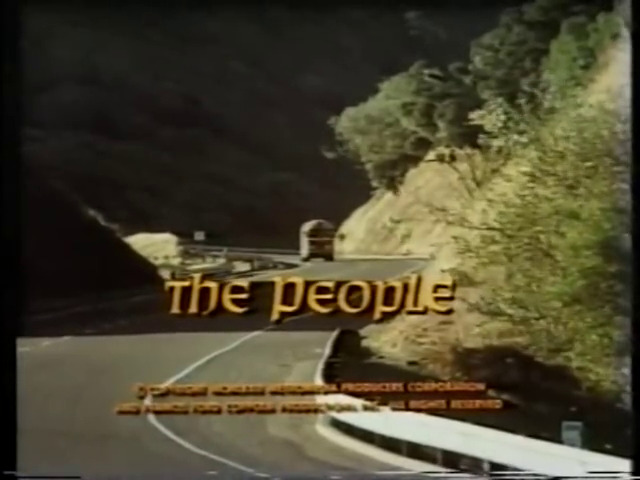
During my misspent youth I picked up one of my Dad’s old science fiction books called The Anything Box by Zenna Henderson and fell in love immediately. It was a collection of short stories that were beautiful, gentle, haunting, and infused with warmth. I did a little more digging and read that Henderson was a short story writer in the 1950s but her day job was as a schoolteacher, which explained why she was so good at writing these stories that centered around domestic situations. While the men were writing about spaceships and intergalactic wars, Henderson wrote science fiction stories about children, teachers, mothers, and friends. She wrote about rural communities, in many ways embodying the same American Gothic aesthetic as Shirley Jackson (her story “Walking Aunt Daid” would not be out of place in an anthology with Jackson’s work). It’s always pained me, though, that Henderson seems largely unread these days. The only recent reference I’ve seen to her was yesterday when I picked up an anthology of science fiction by women called The Future is Female! (which, by the way, rocks) and read that they made a TV movie in 1972 based on Henderson’s short stories about “The People”, a group of alien refugees who’ve taken up residence on Earth in a small mountain town. I knew where I wanted to be for movie night. I fired up the dodgy ex-VHS transfer I found on YouTube and away we went.
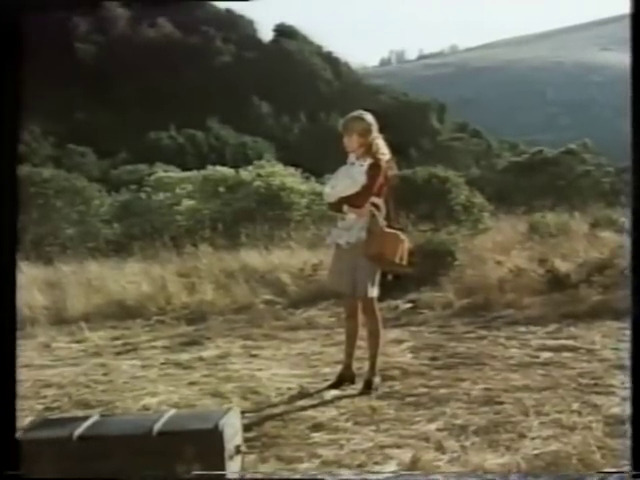
The film starts with Melodye Amerson, a young schoolteacher who has broken up with her boyfriend to come teach in Bendo, a small town in the mountains. They do a good job of characterising her as an outsider even when she was at home — she’s discontent but she doesn’t know why. Then the bus drops her miles from anywhere without so much as a GameBoy to keep her company. Wait, that’s anachronistic, what did they do for fun in 1972? Without so much as a Vietnam War to keep her company. There we go, nailed it. Topical, like a rash.
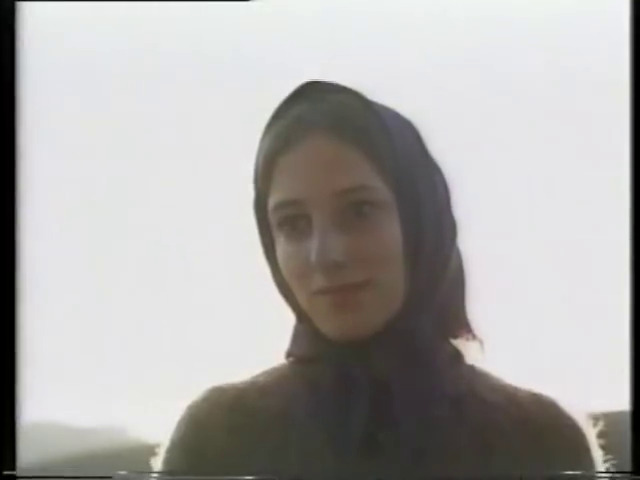
Melodye is waiting around for ages when out of the hills lurches this character, all sinister in her head-scarf, looking for all the world like Little Edie Beale from Grey Gardens:
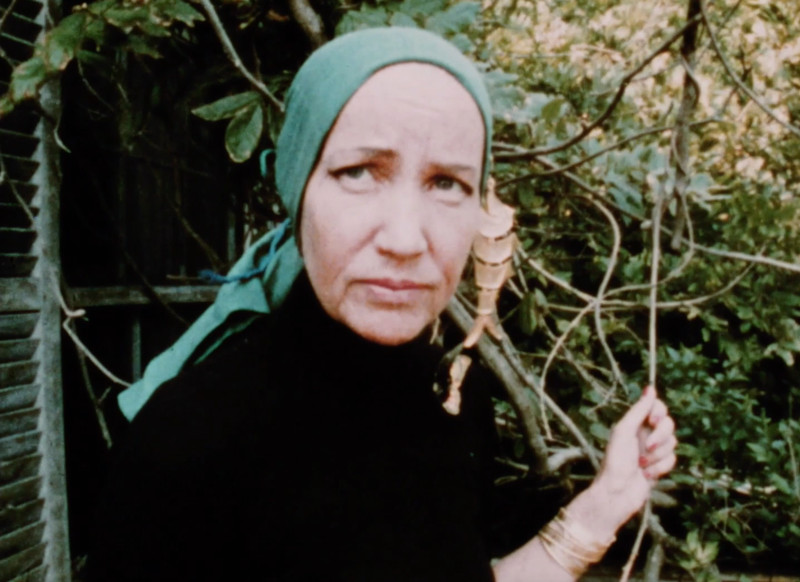
It must have been all the rage among the mountain hobos and washed-up aristocracy of the 1970s.
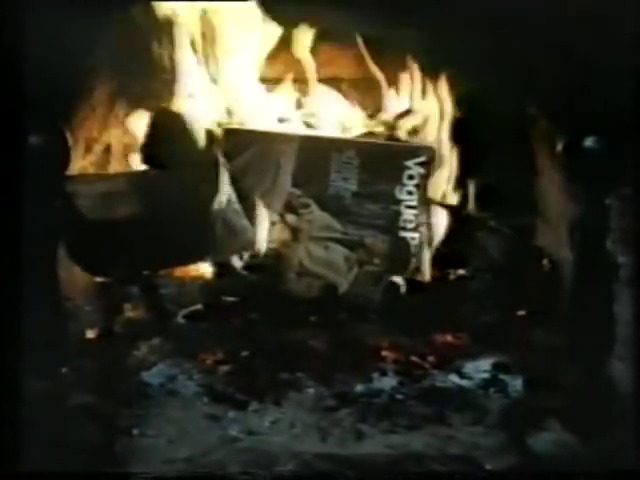
She has a creepy father and creepier grandmother, and a vendetta against Vogue magazine apparently — as soon as Melodye’s back is turned they chuck her fashion mag on the fire. Fuck this issue in particular.
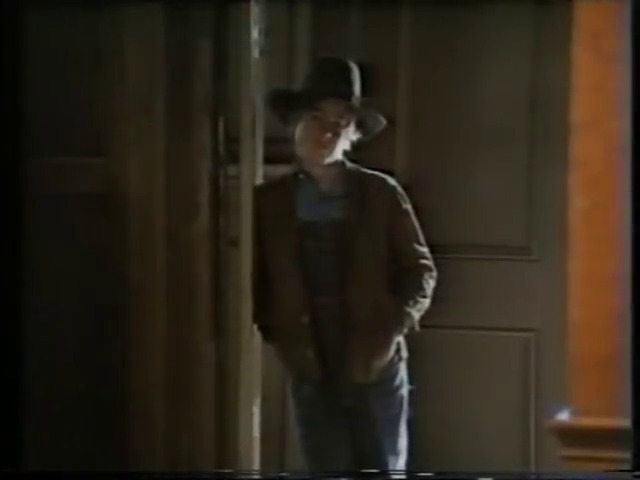
As Melodye is preparing for the first day of school she bumps into a young boy who introduces himself as Francher. Now YouTube’s auto-generated subtitles had a whale of a time with this one. By turns he was Vanja, Rancher, Friendship, Prancer, and Franchise. It was beginning to sound like the line-up of reindeer pulling Santa’s sleigh. “On Prancer, on Vanja, on Franchise and Rancher! Look sharp, Rudolf isn’t going to bully himself.”
Melodye has a hard time getting through to the kids of Bendo, who all seem to be humourless and hate music. They shuffle their feet disconsolately and any time there’s any suggestion of fun, an adult is there to shut it down.
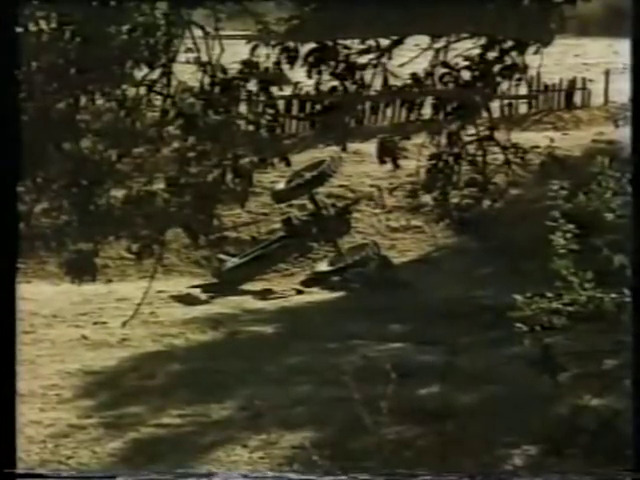
One of the children collapses in a fit so they call for the outsider doctor, but the problem isn’t the little girl — one of the farmers has been injured by his tractor and the girl is feeling some kind of sympathetic pain. How the farmer got injured by the tractor defies the imagination, because it looks like he was driving it along when the entire tractor flipped over and landed on top of him. Must have been that tornado that recently knocked over an Amazon warehouse and held up all my packages.
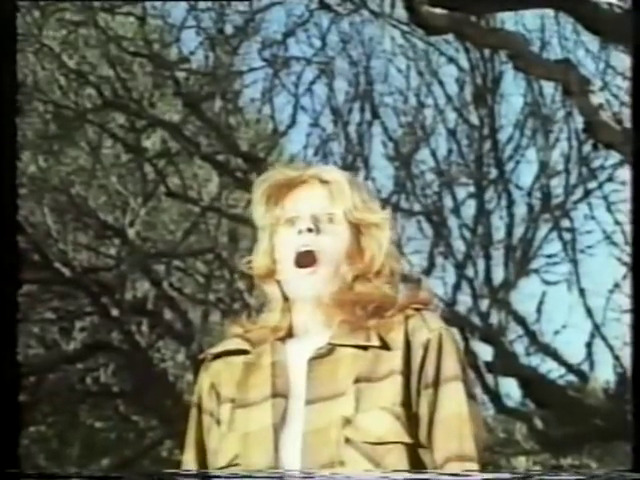
Melodye gets into an argument with Francher, who claims the people in Bendo have psychic abilities. That’s why the girl had collapsed — she was feeling the pain of the injured farmer. He gets so wound up about it that he lifts her off the ground using psychokinesis. The film handles Melodye’s reaction to this really well — she’s crying, she’s scared, but she cares about the children and wants to stay to help them. It’s a moving scene and a fantastic character moment for Melodye. It’s the kind of moment I love in Henderson’s writing and which suits this no-budget TV movie perfectly. If they made this today it’d be full of tits and explosions.
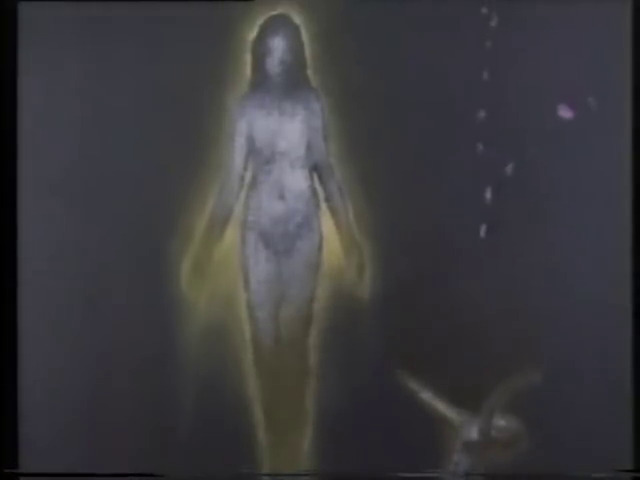
Slowly Melodye breaks the spell of silence over the children and gets them to draw what they remember of “The Home”, which turns out to be an alien planet that they had to leave. When the People came to Earth they crash landed and were scattered, since when they’ve banded into small communities in fear of persecution from the humans. Here, again, we get something that’s much more effective in the children’s drawings than it would be if you shot it in some hideous CGI flashback.
By the end of the movie Melodye has found a new home for herself with people she cares about, and so have the People, who for the first time are realising they can be themselves on Earth without scaring off the humans and being persecuted as witches.
The Skinny
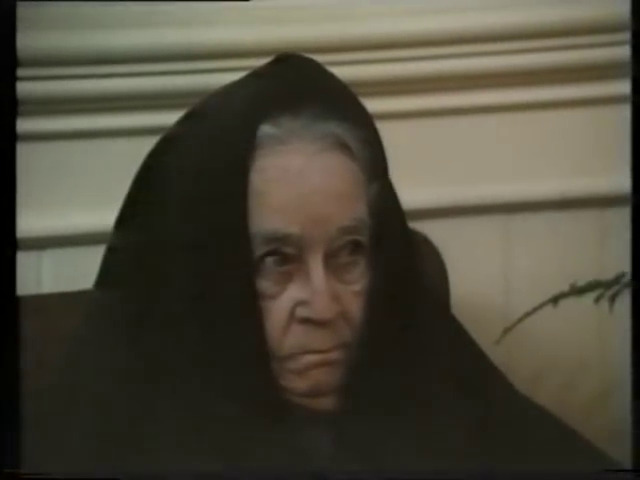
“Outsiders are here. Obla forbids it.”
Parker said this is a new subgenre of science fiction — “quiet sci-fi”, something that’s slower paced and relaxing that deals more with the characters than with epic space-opera posturing. It slots in beautifully with the kindness-oriented literature that’s been popular lately in the work of T. J. Klune and Becky Chambers, or in TV shows like Steven Universe, only of course Henderson was sixty years ahead of her time.
We all liked The People. I don’t think it’s anyone’s favourite movie, but it’s a solid watch and did a wonderful job of adapting the Zenna Henderson short stories that I’ve loved for so long. The low budget only helps this film as it forces us to interact with the people in it rather than getting distracted by artless effects work. It seems like the kind of science fiction my grandmother would have liked, and I mean that in the best way possible.